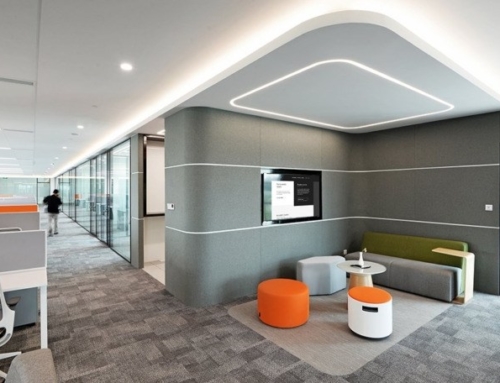Having trouble understanding commercial real estate interior improvements? You’re not alone. A lot of factors impact how much you’ll get from a landlord and the best way to move forward. Here are 5 things to know about tenant improvement allowances.
Interior improvements for commercial real estate properties can be complicated. Especially office tenant improvements. Many factors influence exactly how much the landlord will fork over towards renovations. These include, but aren’t limited to, the following:
- Duration of the lease term
- How long the space has been unoccupied
- Market conditions
- Available capital
- Potential adverse economic conditions
- How much they like you and want you as a tenant
Here are five things to know about tenant improvement allowances:
Turnkey Buildouts
Turnkey buildouts are generally considered the best scenario for tenants. An itemized list of needed improvements is created and the landlord handles all the details. They hire the contractor, acquire all the permits, and foot the bill. However, after a few years of high vacancies and lower rental/lease rates, landlords in Southern California and elsewhere are limiting their improvement contributions.
Rentable vs. Usable
Tenants are often flabbergasted by the actual cost of commercial real estate improvements. Interior renovations can sometimes cost twice or even three times the tenant’s anticipated cost. If a turnkey buildout isn’t provided by the landlord, certain improvements will be specifically cited or their contribution will be capped a specific dollar amount per square foot.
This cap will be based on the rentable or usable square footage. If it’s based on the rentable square footage, an extra 16% will be secured by the tenant for the building’s common areas. If it’s based on the usable square footage, only the actual square footage within the rented premises is factored in.
Scope of the Work
Tenant improvements typically refer to basic refurbishing like fresh paint, new flooring, new or upgraded HVAC, electrical, or plumbing systems, interior gutting, or the construction of new walls, office partitions, and workstations. There may also be soft costs to cover permit fees or project management and architectural services.
Your lease should break down exactly how the tenant allowance will be disbursed. The landlord may choose to pay the contractor directly or the tenant can pay for improvements and be reimbursed after submitting receipts for the work done. Stipulations may be written into the lease stating what’s covered and specifying quality of materials to be used.
Time for Completion
Timing for tenant buildouts will vary from market to market. In major markets, it may take several weeks for architectural drawings and municipal approval of plans. From there, it can take anywhere from a few weeks to months for contractors to complete the actual work.
Do your best to time the first rental payment with the buildout’s completion. Your best bet is sometime after Substantial Completion of Work and receiving the Certificate of Occupancy.
Add-On Costs
If the landlord is managing work with no building allowance cap, be sure to take necessary steps to reduce landlord project management oversight fees. It’s also recommended to receive several bids from contractors to ensure you’re getting the most from your tenant allowance dollars. Arrangements should also be made to cover any costs exceeding the allowance cap. Landlords will sometimes amortize excess costs through the term of the lease so the tenant doesn’t have to pay the balance out of pocket.
In Summary…
This is a really basic overview of the interior tenant improvement allowances and the process. It’s always wise to seek the expert consultation of a tenant improvement representative or an attorney specializing in commercial real estate. It’s also best to avoid less sophisticated landlords unwilling to follow procedures and be completely transparent in their dealings.





